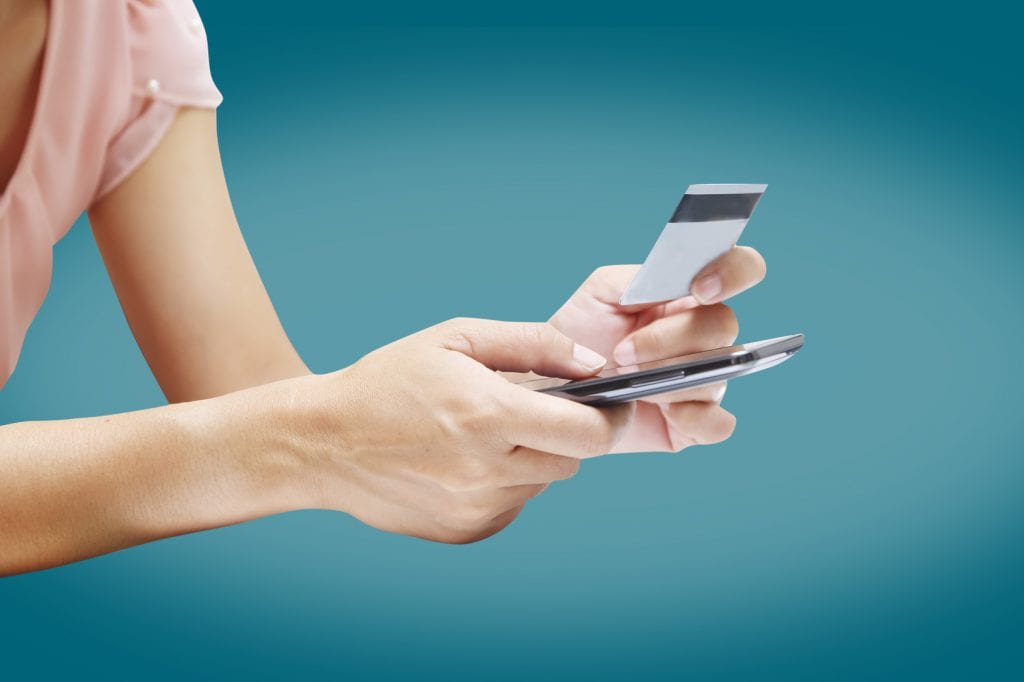U.S. Bank and Bank of America got together this spring on a system that lets people instantly pay money to a friend on a smartphone — with a crucial difference.
U.S. Bank charges $6.95 for the service. Bank of America offers it for free.
“There’s already a bit of a discord between us and the other bank that came out with one of the real-time payments,” Richard Davis, U.S. Bank chief executive, told analysts and investors earlier this year. “We have to make sure that the business of banking doesn’t become a utility in the minds of the consumers where they expect everything to come without a value price to it.”
The conflict highlights an upheaval in banking around the emerging service known in tech and banking as peer-to-peer payments. Fast-acting firms like PayPal, Venmo and Square have already attracted millions of users and handled billions of dollars’ worth of transactions in which people pay someone else with a tap on a screen rather than handing over some bills and coins.
As banking customers have a wide variety of mobile-based apps to choose from today — many from non-bank providers — banks and credit unions should be vigilant in assessing market threats and opportunities. In many cases, FI channels and mobile banking partners can help, as they are already investing in latest-generation mobile banking and payments features, and have delivered solutions for other FIs. These partners can help deliver proven solutions faster than can be realized by in-house FI development teams, because the underlying architecture already exists, and can be tailored to FIs’ specific needs.
Overview by Ed O’Brien, Director, Banking Channels Advisory Service at Mercator Advisory Group
Read the full story here
